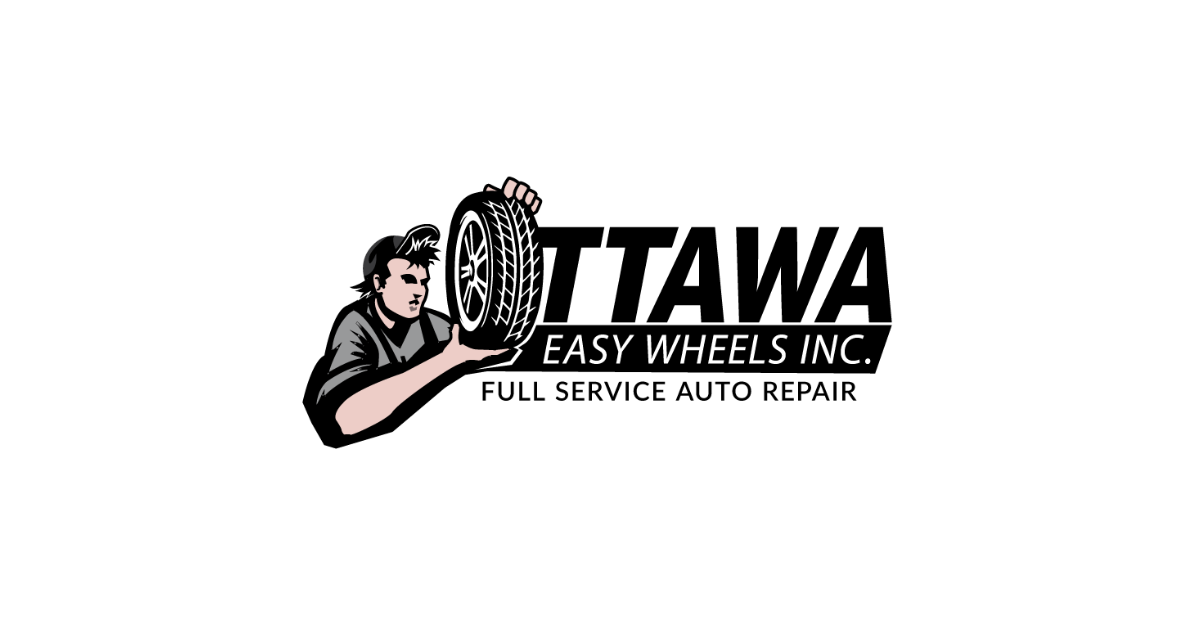At Ottawa Easy Wheels Inc., we believe in empowering our customers to make informed decisions about their vehicle maintenance and repairs. This month, we’re diving into an essential part of your car that often goes unnoticed until something goes wrong – the exhaust system. Understanding its basic functions and components can help you appreciate its role in vehicle performance and compliance with environmental standards. For a deeper understanding, watch our video explaining the main parts of an exhaust system, below.
The Role of the Exhaust System
First, let’s discuss what the exhaust system does. Its primary function is to route exhaust gases away from the engine and out into the atmosphere while minimizing emissions and noise. A well-functioning exhaust system ensures that your vehicle runs efficiently while also protecting the environment from harmful pollutants. Now, let’s break down the key components of the exhaust system:
1. Exhaust Manifold
The exhaust manifold is the first part of the exhaust system. It collects exhaust gases from the engine’s cylinders and directs them into the exhaust system. Typically made from cast iron or stainless steel, the manifold is designed to withstand high temperatures and pressure. A leak or crack in the manifold not only adds noise but can also lead to a loss of engine performance.
2. Catalytic Converters and Oxygen Sensors
Next up is the catalytic converter, a critical part of modern exhaust systems that reduce harmful emissions. It does this by converting carbon monoxide and unburned hydrocarbons into carbon dioxide and water through a chemical reaction. The efficiency of the catalytic converter is monitored by oxygen sensors, which measure the amount of oxygen in the exhaust gases. If these sensors detect a problem, they can trigger warning lights on your dashboard, signaling the need for immediate inspection.
3. Flex Pipe
The flex pipe is a flexible section of the exhaust system that allows for movement and vibration, especially between the engine and the rest of the exhaust system. It helps accommodate the expansion and contraction that occurs during engine operation. A damaged flex pipe can cause exhaust leaks and may lead to extensive repairs if not addressed promptly.
4. Resonator
After passing through the catalytic converter, the exhaust gases travel to the resonator. Its purpose is to fine-tune the sound of the exhaust before it reaches the muffler. While not present in all vehicles, a resonator can help reduce droning sounds at certain RPMs, making your driving experience more pleasant.
5. Muffler
Finally, we arrive at the muffler, which is likely the most recognizable component of the exhaust system. Its primary function is to reduce engine noise produced by the exhaust gases. Mufflers come in various designs that can significantly alter your vehicle’s sound and performance.
Problems you might encounter with your exhaust system:
Sounds:
If any part of your exhaust system breaks apart or rusts through, you’ll notice a change in the way your engine sounds. This is caused by the exhaust gas escaping the exhaust system before going through the resonator and muffler before being expelled at the back of the car.
Another sound you might hear from your exhaust system is what is commonly referred to as a heat shield rattle. This will sound like a tin rattling and will usually coincide with certain RPMS (may be intermittent).
Engine light:
If your O2 sensor senses an issue with the efficiency of your catalytic converter, you’ll notice an engine light on your dash.
Your vehicle’s exhaust system plays a vital role in its performance, efficiency, and environmental footprint. At Ottawa Easy Wheels Inc., we want you to feel confident and knowledgeable about your vehicle. If you have any questions about your exhaust system or any other automotive concerns, don’t hesitate to reach out to us!
Stay tuned for our next blog post, and drive safely! Remember, we’re here to empower you to make informed decisions every step of the way.
